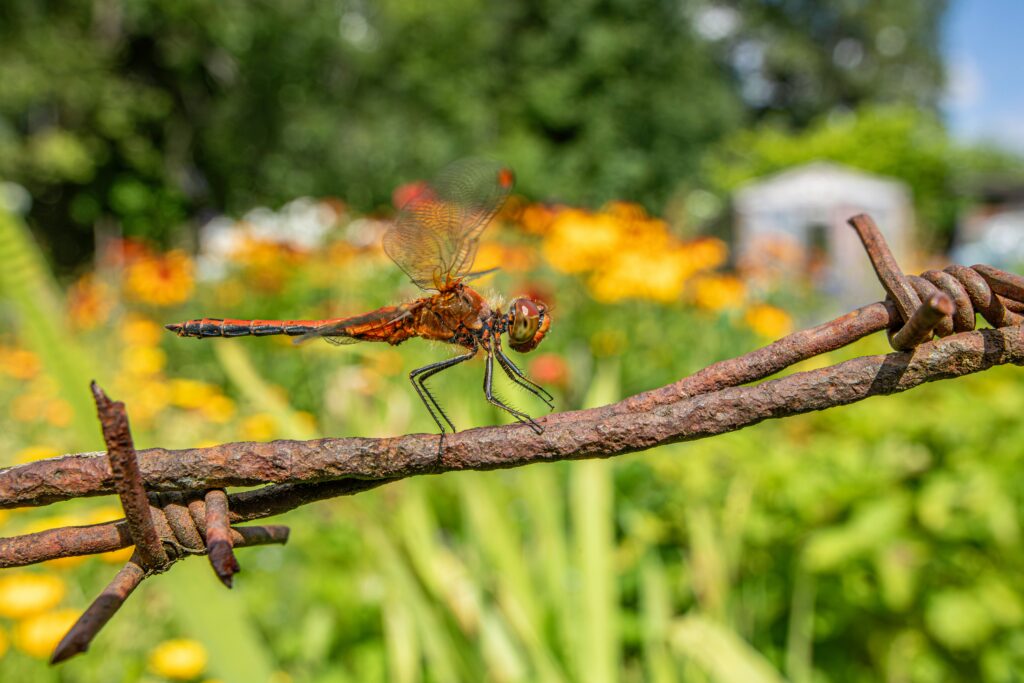Gardens are enchanting spaces where humans cultivate beauty, grow food, and connect with nature. But have you ever wondered what life would be like if you suddenly found yourself transformed into one of the countless insects that inhabit your garden? The survival odds, daily challenges, and unexpected wonders would certainly shift your perspective on this familiar space. From navigating predator-prey relationships to finding suitable shelter, your garden would transform from a leisurely weekend project into a complex ecosystem where your very survival hangs in the balance. Let’s explore this thought experiment and discover whether you’d thrive or struggle as a tiny arthropod in your own backyard paradise.
The Shocking Scale Shift: Seeing Your Garden Through Compound Eyes

The most immediate and disorienting change would be the dramatic shift in scale and perception. What once was a modest garden plot would suddenly expand into a vast wilderness of towering plant structures. A simple tomato plant would become a skyscraper-like complex with multiple levels and chambers. Your garden hose might appear as an enormous snake-like entity that periodically releases devastating floods. Even more significant would be the sensory shift – many insects perceive ultraviolet light patterns on flowers invisible to human eyes, detect minute air vibrations through their antennae, and experience chemical signals with their entire bodies rather than through centralized organs. This dramatic perceptual transformation would require you to develop an entirely new understanding of the landscape you once thought you knew intimately.
Choosing Your Bug Identity: Not All Insects Are Created Equal
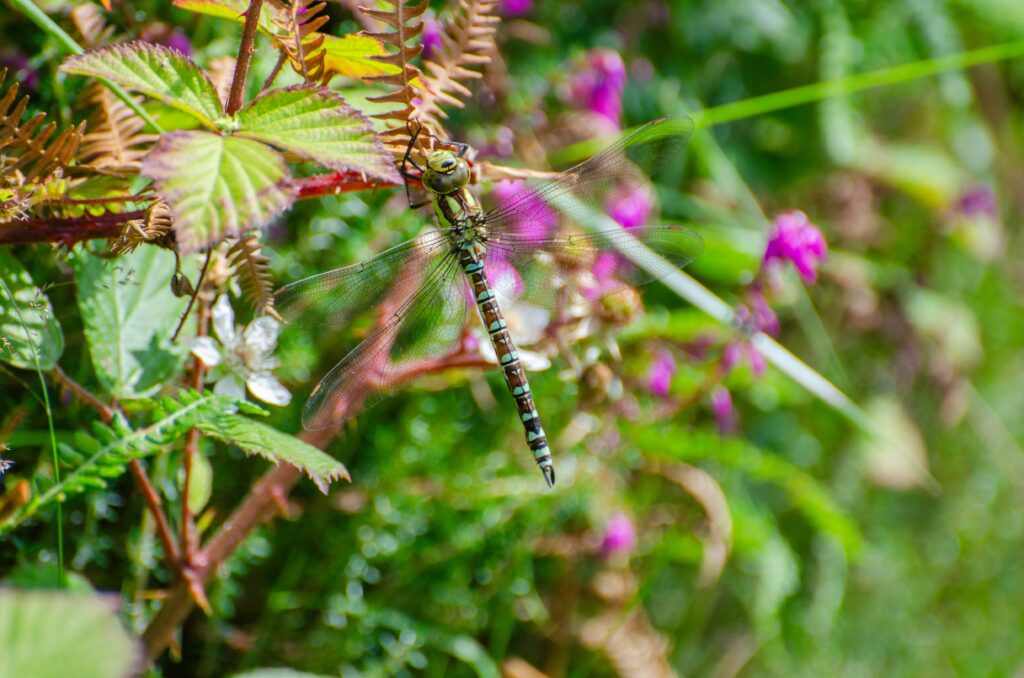
Your survival prospects would vary dramatically depending on which insect you became. As a butterfly, you might enjoy relative safety during your adult stage but face extreme vulnerability as a caterpillar. Transforming into a cockroach would grant you legendary resilience and adaptability but make you a target for almost every predator (including your former human self). Becoming a praying mantis would position you as an apex predator in the insect world, giving you hunting advantages but also making you conspicuous to birds. Social insects like ants or bees would offer the protection of the colony but at the cost of individual autonomy. Your survival odds would be intrinsically linked to the evolutionary adaptations and ecological niche of your new insect form, highlighting how specialized each species has become through millions of years of evolution.
The Daily Water Challenge: Dew Drops Become Life-Saving Oases
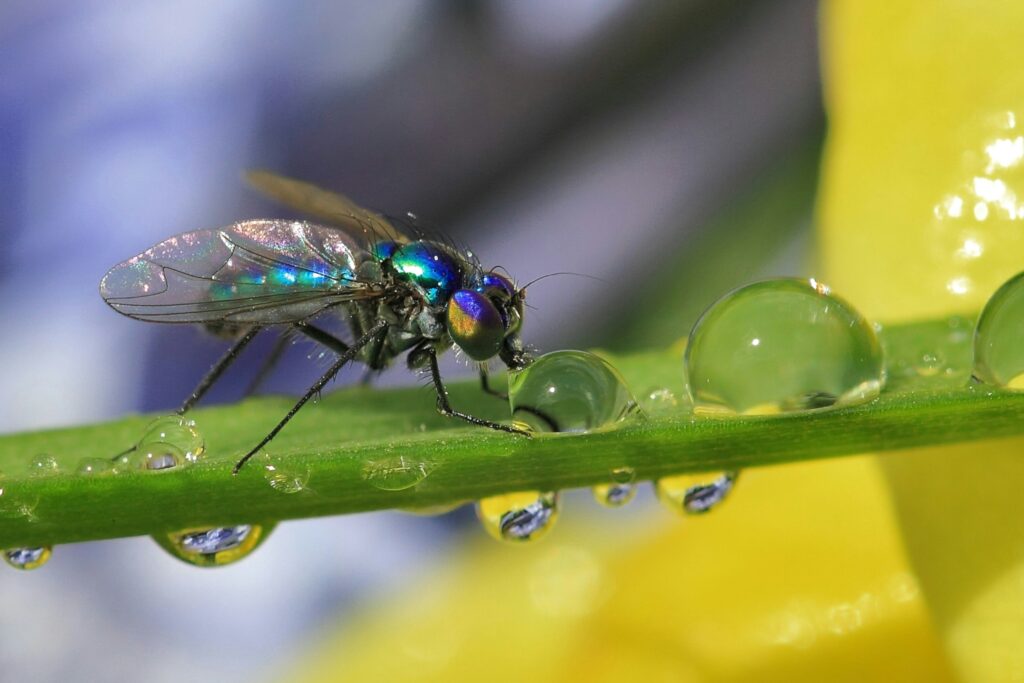
Water access, something you likely never thought twice about as a human gardener, would become a critical daily challenge in your insect life. Most insects cannot travel far to find water sources and must rely on what’s immediately available in their microhabitat. Morning dew collecting on leaves would transform from a pretty photographic opportunity to essential drinking stations. Rain, which might have been a minor inconvenience during your gardening sessions, could now represent both salvation and mortal danger – providing much-needed hydration but also potentially trapping you in deadly surface tension if you lack adaptations for water navigation. Some insects have evolved specialized mouthparts to pierce plant tissues and extract moisture, while others have water-repellent exoskeletons that help them collect water without drowning. Your relationship with garden irrigation would completely transform, making you acutely aware of the microclimate hydration patterns you created as a gardener.
Shelter Strategies: Finding Safe Haven Among Leaves and Soil
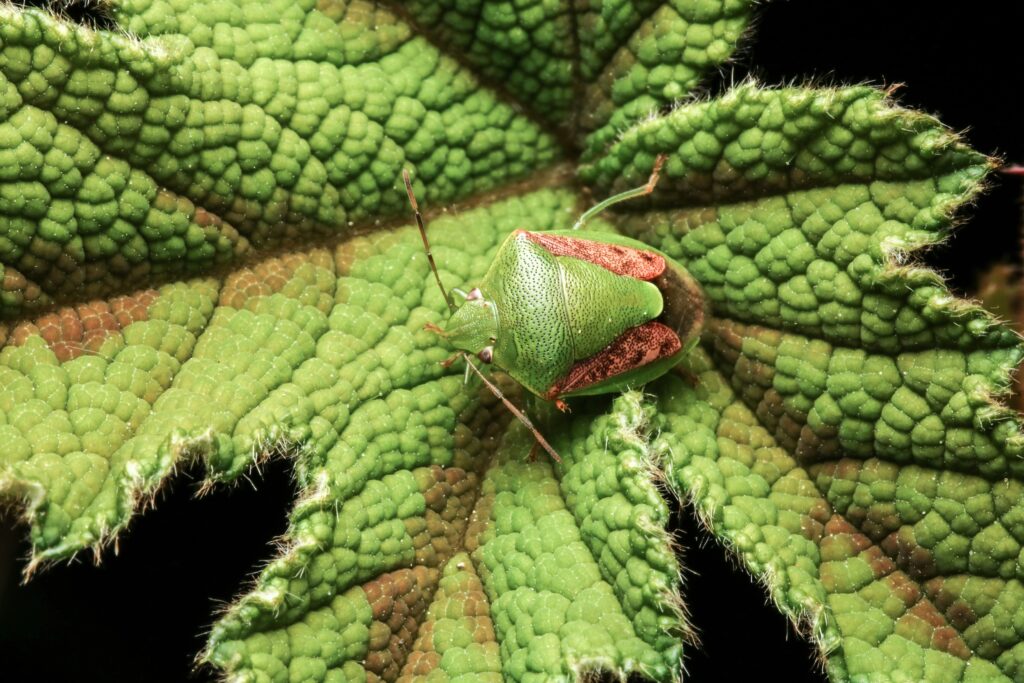
Securing adequate shelter would quickly become a top priority in your insect existence. The garden that once seemed so openly accessible would now present a complex matrix of safe zones and danger areas. Leaf undersides might become premium real estate, offering protection from rain, predators, and harsh sunlight. Soil crevices would transform into complex cave systems where you could hide from larger threats. Even the mulch you once spread casually would now represent a labyrinthine fortress with countless hiding spots. Many insects construct specialized shelters – from silk webs to rolled leaves to excavated tunnels – requiring sophisticated engineering skills you might not immediately possess. Your survival would depend on quickly learning to identify naturally occurring shelter opportunities or developing the ability to create your own, all while avoiding territories already claimed by potentially aggressive insect neighbors.
The Predator’s Shadow: Living Under Constant Threat

Perhaps the most stress-inducing aspect of insect life would be the constant threat of predation from virtually every direction. Birds that once delighted you with their songs would transform into terrifying aerial hunters with remarkable visual acuity. That cute garden spider in its intricate web would become a nightmare scenario of sticky entrapment and venom. Even other insects – mantises, assassin bugs, and predatory beetles – would represent mortal threats. Your survival would depend on developing heightened vigilance and rapid threat assessment skills. Many insects have evolved remarkable adaptations to avoid predation – from camouflage and mimicry to chemical defenses and startle displays. Without these evolved traits, you’d need to quickly compensate with intelligence and observation, perhaps developing new hiding techniques or movement patterns that minimize your visibility to the numerous hungry eyes constantly scanning your garden habitat.
The Food Quest: From Gardener to Forager
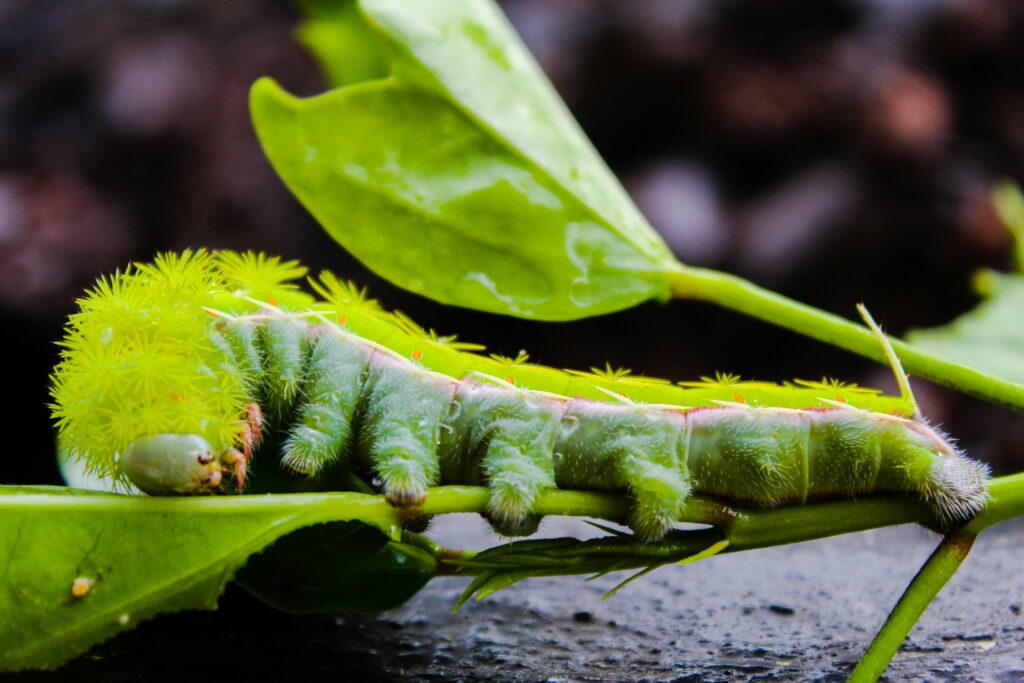
Feeding yourself would transform from opening the refrigerator to a complex foraging challenge requiring specialized knowledge. Depending on your insect form, you might need to locate specific plant parts, identify particular pollens, hunt smaller invertebrates, or even scavenge dead material. The garden plants you once cultivated with care would now serve entirely different purposes – perhaps as food sources, shelter providers, or simply as climbing structures to reach other resources. Many insects have highly specialized diets, sometimes feeding exclusively on single plant species or specific plant parts. Without these instinctual feeding preferences, you’d need to experiment cautiously with potential food sources, avoiding toxic plants that other garden insects have evolved to consume safely. Your relationship with garden harvests would fundamentally change, making you acutely aware of the complex nutritional landscape that exists within the plant world.
Weather Extremes: When Rain Becomes a Flood and Wind a Hurricane
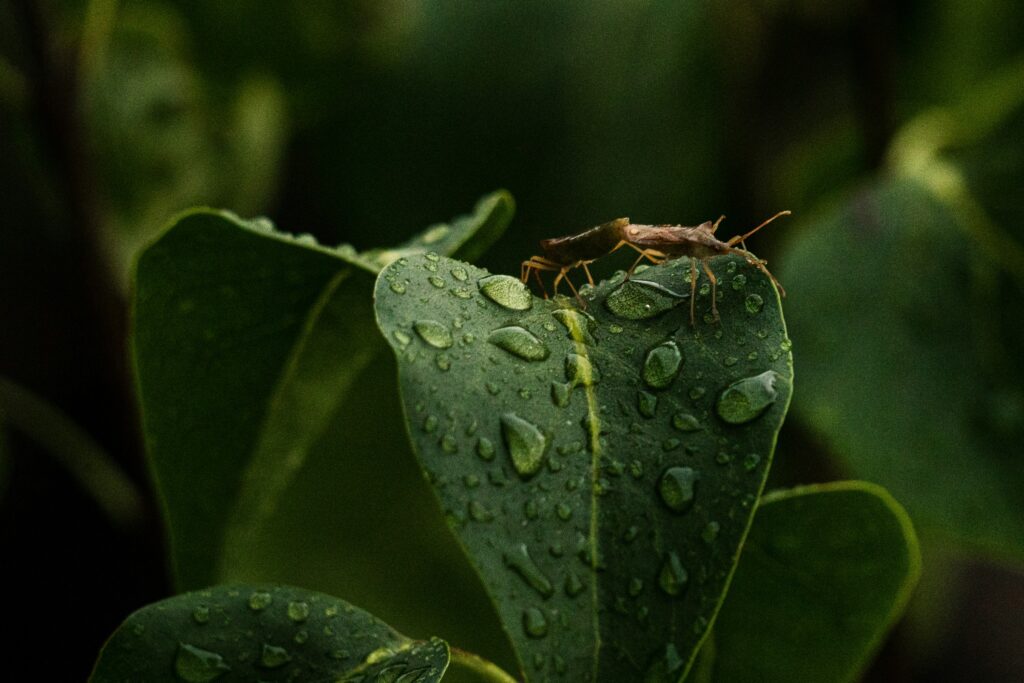
Weather events that were minor inconveniences in your human life would become catastrophic natural disasters at insect scale. A gentle summer shower would transform into a bombing campaign of water droplets, each capable of knocking you from your perch or even causing injury. Moderate winds would become powerful gales that could sweep you far from your familiar territory. Temperature fluctuations would impact you much more dramatically, as insects cannot internally regulate their body temperature and must instead rely on behavioral adaptations like seeking sun or shade. Seasonal changes would present enormous challenges, particularly in temperate climates where many insects must enter diapause (a hibernation-like state) or migrate to survive winter. Your garden’s microclimate variations – those subtle differences between the sunny south-facing bed and the shady north corner – would become critical survival factors determining where you could safely exist throughout the day.
The Chemical Battlefield: Navigating a World of Signals and Toxins
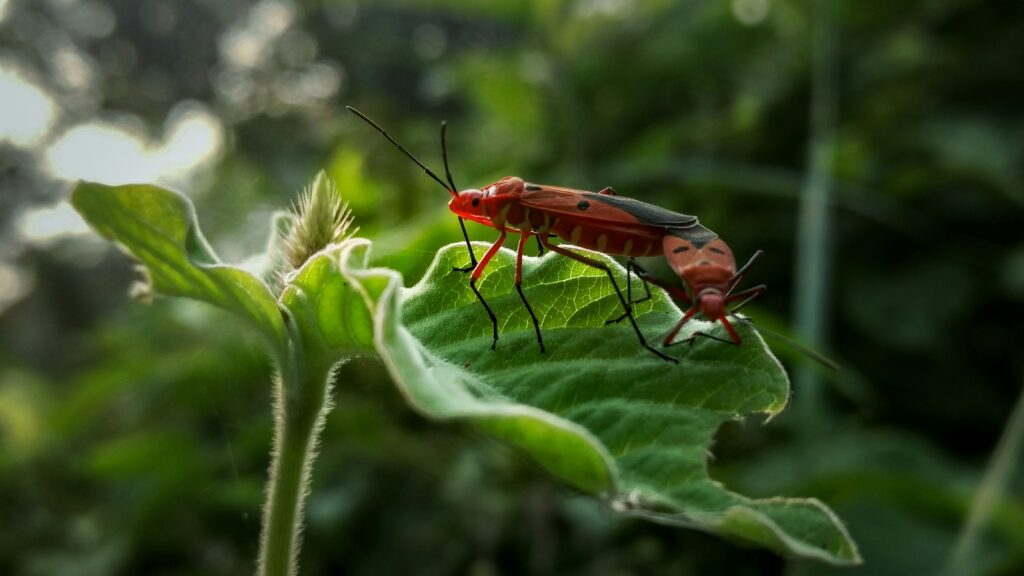
Your garden would reveal itself as an intense chemical battleground invisible to human senses. Plants constantly release volatile compounds that act as communication signals, defense mechanisms, and attractants. Other insects leave pheromone trails marking territories, food sources, and mating opportunities. As a human-turned-insect, you’d need to learn to interpret this complex chemical landscape without the evolved sensory apparatus most insects possess. Even more concerning would be the toxic compounds many plants produce specifically to deter insect feeding – chemicals that might now pose direct threats to your survival. The garden practices you once employed without much thought – applying fertilizers, compost teas, or even organic pest deterrents – would now potentially represent serious chemical hazards in your environment. Understanding this invisible dimension of garden life would be critical to your navigation and survival as you learn which chemical signals to follow and which to avoid.
Social Dynamics: Navigating Insect Communities and Territories

Gardens contain numerous insect societies with complex territorial boundaries and social structures invisible to human gardeners. Ant colonies patrol specific routes and aggressively defend resources within their domain. Bees recognize nest-mates through chemical signatures and may attack unidentified insects. Territorial male insects of many species will confront perceived competitors entering their established zones. As a newcomer to this social landscape, you would face significant challenges establishing yourself without triggering defensive responses. You might need to develop strategies for navigating between different insect territories, perhaps by avoiding main traffic routes or adopting behaviors that don’t trigger aggression. Understanding the social dynamics of your garden’s insect communities would prove essential for peaceful coexistence, especially if you lack the species-specific signals that facilitate normal insect social interactions.
Reproductive Pressures: The Biological Imperative
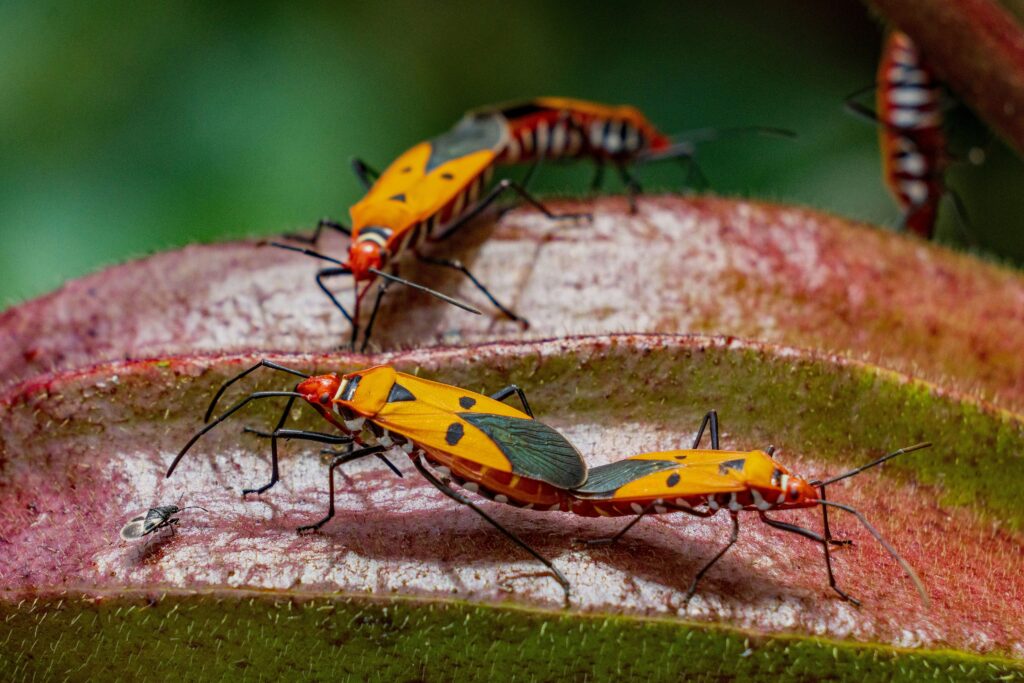
In the insect world, reproduction often dominates behavioral priorities in ways that might seem foreign to human experience. Many insects live extremely short adult lives focused almost entirely on finding mates and securing offspring survival. As a transformed human, you might find yourself subject to powerful biological drives to participate in elaborate mating rituals, construct specialized egg-laying sites, or protect developing young. These imperatives vary dramatically between species – some insects mate once and die, others engage in complex parental care, while social insects have specialized reproductive castes. Without the evolved instincts guiding these behaviors, you’d need to navigate reproductive pressures intellectually rather than instinctually, potentially creating cognitive dissonance between your human consciousness and insect biology. This aspect of insect life might prove particularly challenging as it represents one of the most fundamentally different aspects of arthropod existence compared to human experience.
The Human Factor: Surviving Your Former Self

Perhaps the most ironic survival challenge would be navigating the activities of humans – including your former self or family members. Garden maintenance activities that once seemed benign would transform into catastrophic events. Mowing becomes a terrifying blade apocalypse. Weeding creates earthquake-like soil disruptions that could destroy your habitat. Even gentle activities like harvesting vegetables might represent existential threats if you’ve made your home on that particular plant. You’d gain a new perspective on pesticide use, even organic solutions that you might have considered harmless as a human gardener. Water scheduling, pruning practices, and even footpaths would take on new significance as you navigate around human-created hazards. This unique awareness of human patterns might actually give you a survival advantage over other garden insects, allowing you to anticipate and avoid human interventions that other insects cannot predict.
Seasonal Survival: Adapting to the Garden’s Annual Cycle
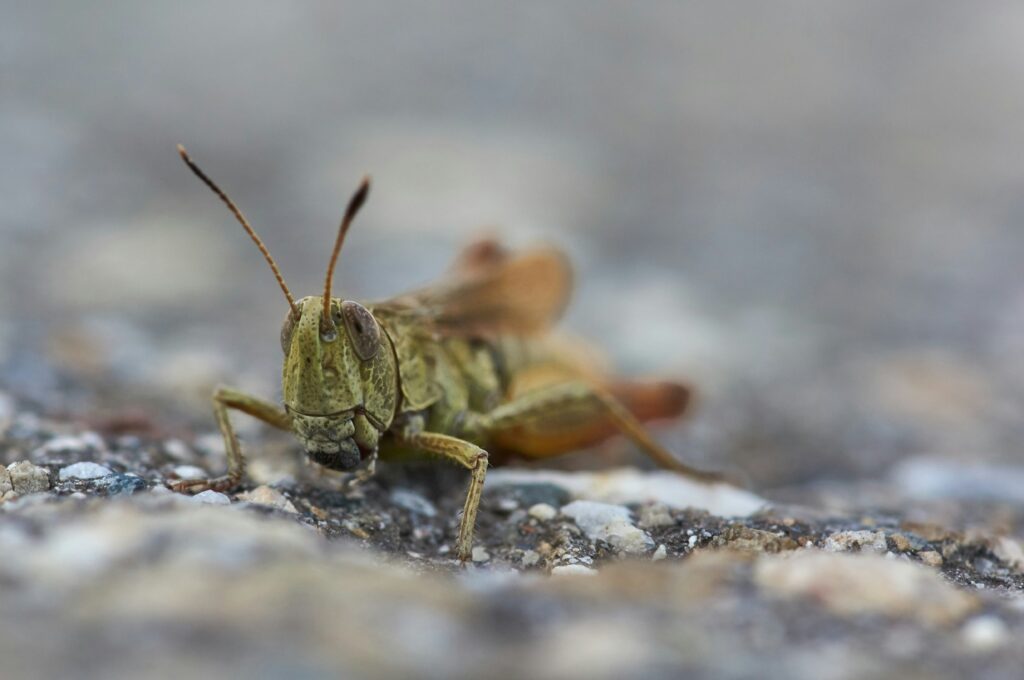
Gardens undergo dramatic transformations throughout the year, creating distinct survival challenges for each season. Spring brings abundant new growth but also increased predator activity as birds return and establish nesting territories. Summer offers peak food resources but potential heat stress and dehydration risks. Fall triggers resource scarcity and preparation challenges for the coming winter. Winter presents the ultimate survival test in most climates, requiring specialized adaptations like freeze tolerance, protective cocoons, or migration strategies. As a human-minded insect, you might approach these seasonal changes with greater foresight than your instinct-driven counterparts, perhaps creating food caches or developing creative overwintering strategies. Your gardening knowledge would prove valuable as you anticipate plant lifecycles and their implications for your survival, potentially allowing you to position yourself advantageously as the garden transitions through its annual changes.
Would You Actually Survive? The Final Assessment
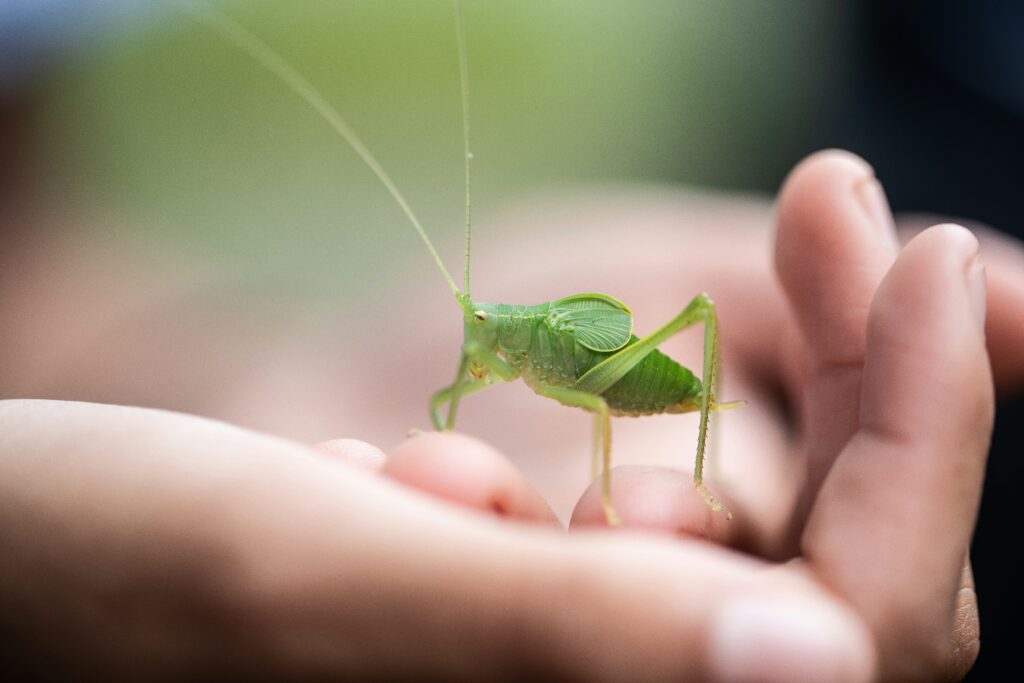
After considering all these factors, your survival prospects as a garden insect would depend on balancing several key variables. Your specific insect form would provide certain physical capabilities and limitations that would significantly impact your chances. Your human intelligence and prior gardening knowledge would offer strategic advantages in predicting patterns and solving problems creatively. However, you would lack the instinctual behaviors and specialized adaptations that have allowed insects to thrive in these environments for millions of years. Perhaps your greatest asset would be adaptability – the ability to learn rapidly from observation and modify your behavior accordingly. The most successful human-to-insect transformations would likely involve species with decent physical capabilities paired with relatively simple survival needs, positioned in gardens with diverse habitats and minimal human intervention. In this scenario, your unique combination of insect physicality and human cognition might actually create a remarkably effective garden survivor.
This thought experiment of becoming a bug in your own garden offers more than just an entertaining fantasy – it provides a profound shift in perspective on the complex ecological relationships happening just outside our doors. The garden transforms from a static landscape into a dynamic ecosystem filled with danger, opportunity, and constant change. Perhaps the most valuable outcome of imagining yourself as a garden insect is the heightened appreciation it creates for the remarkable adaptations and survival strategies that allow these small creatures to thrive in environments we often take for granted. The next time you kneel beside a garden bed or prune a flowering shrub, you might pause to consider the miniature worlds you’re affecting and the countless tiny lives navigating the wilderness you’ve created.

